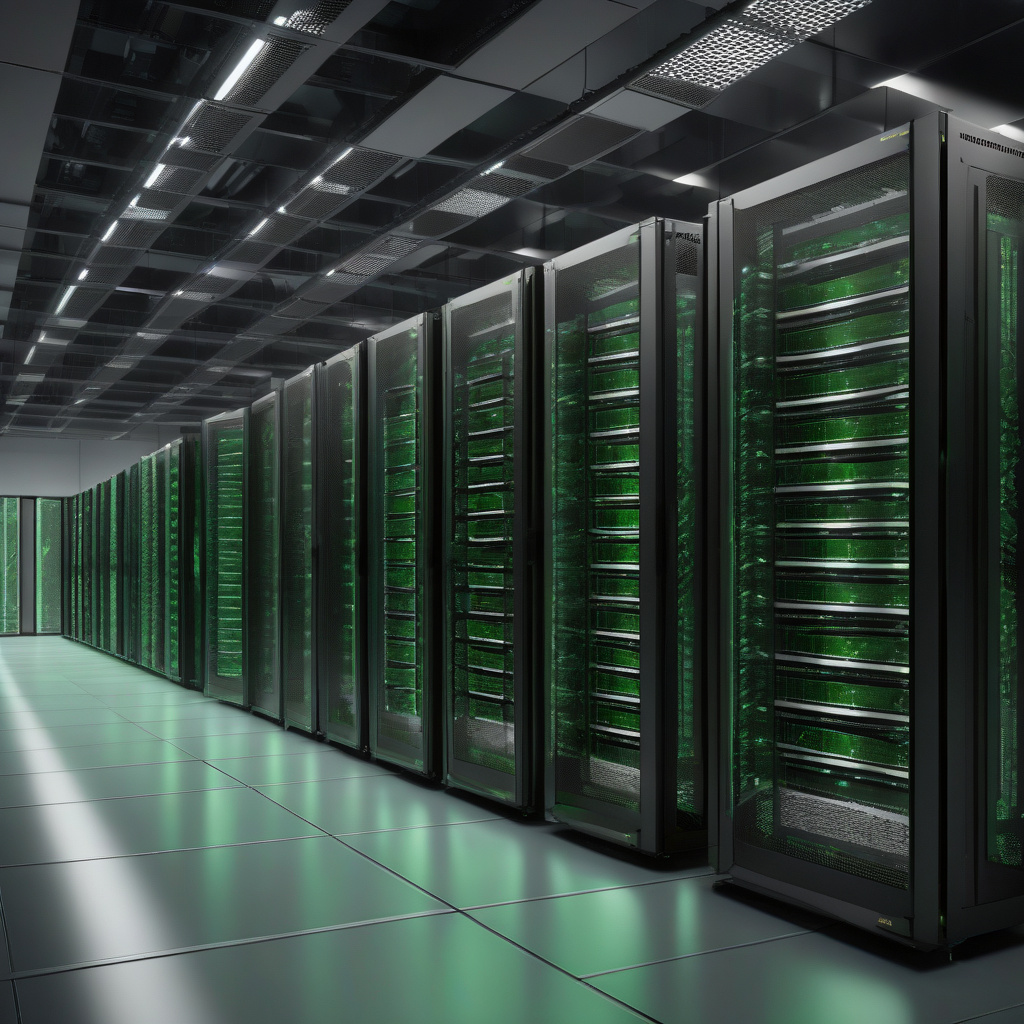In the realm of tech giants, Microsoft stands out not only for its innovative strides in AI and cloud services but also for its commitment to sustainability. However, as the company races ahead with breakneck data center growth to support these endeavors, its sustainability goals face significant challenges. Microsoft’s ambitious push into artificial intelligence (AI) and cloud services has propelled its data center expansion, creating a dilemma where environmental concerns clash with the need for technological advancement.
The exponential growth of data centers, essential for powering AI algorithms and cloud computing services, consumes vast amounts of energy and resources. These data hubs are the backbone of modern computing, enabling everything from real-time data processing to machine learning applications. Yet, their energy-intensive operations pose a threat to Microsoft’s sustainability objectives. The company’s data center expansion, while crucial for meeting the rising demands of digital transformation, puts a strain on its environmental commitments.
Microsoft has set lofty sustainability goals, aiming to achieve carbon negativity by 2030 and remove all historical carbon emissions by 2050. These targets align with the company’s broader mission to combat climate change and promote environmental stewardship. However, the rapid expansion of data centers, driven by the burgeoning AI and cloud services market, complicates the path to achieving these goals. Balancing the need for technological innovation with environmental responsibility becomes a pressing issue for Microsoft as it navigates the complexities of sustainable growth.
To address the challenges posed by breakneck data center growth, Microsoft must adopt a multifaceted approach that integrates sustainability into its core business strategies. This entails investing in renewable energy sources to power its data centers, optimizing infrastructure efficiency, and implementing green technologies to minimize environmental impact. By incorporating sustainability principles into every aspect of its operations, from data center design to resource management, Microsoft can mitigate the adverse effects of its rapid expansion on the environment.
Furthermore, Microsoft can leverage its technological expertise to develop innovative solutions that promote sustainability within the data center industry. By harnessing AI and data analytics, the company can optimize energy usage, streamline operations, and reduce carbon footprint across its vast network of data centers. These advanced technologies not only enhance operational efficiency but also enable Microsoft to achieve its sustainability goals while supporting its growth in AI and cloud services.
In conclusion, Microsoft’s sustainability goals are indeed imperiled by its breakneck data center growth driven by AI and cloud services expansion. However, by embracing a holistic approach that integrates sustainability into its business practices and leveraging technology to drive environmental innovation, Microsoft can overcome these challenges. As a leader in the tech industry, Microsoft has the opportunity to set a precedent for sustainable growth and pave the way for a more environmentally conscious future in data center operations. By striking a balance between technological advancement and environmental responsibility, Microsoft can chart a course towards a more sustainable digital ecosystem.

